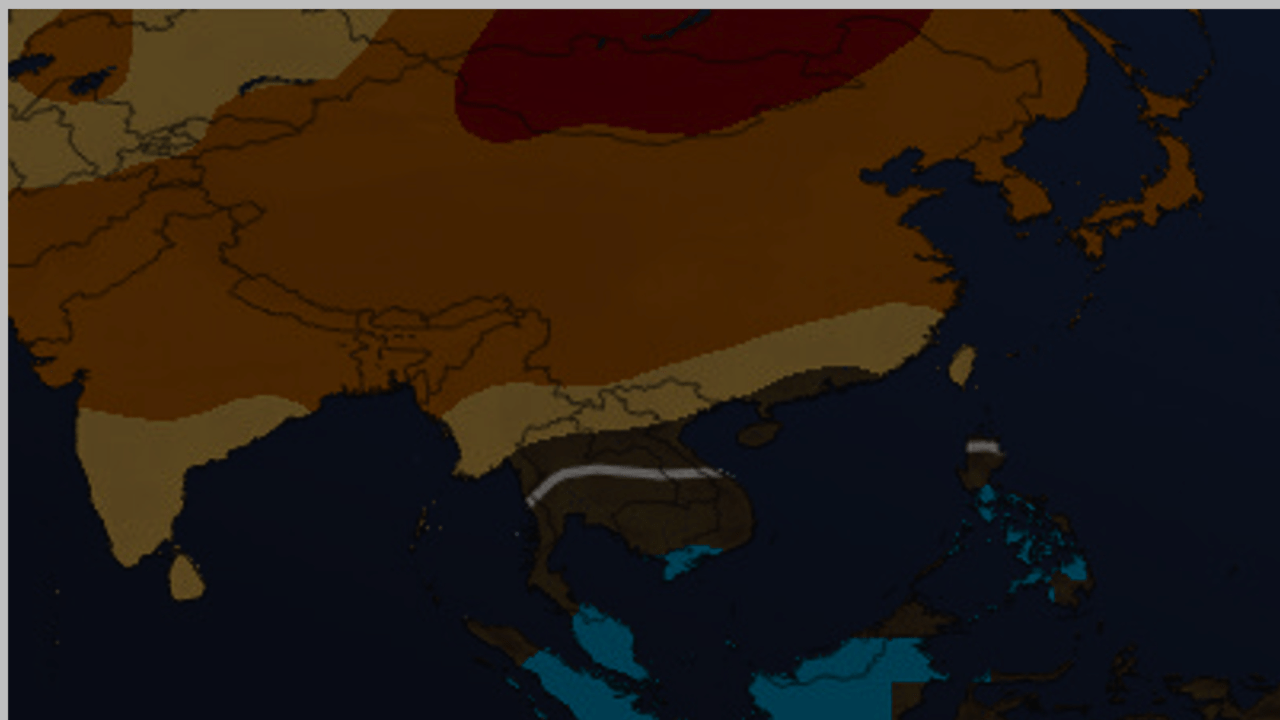Publication date: June 3, 2025 Weathering the Storm: Weather Forecasting and Battery Energy Storage Systems in Japan’s Changing Climate Hot Grid Summer: Forecasting and Navigating Japan’s Power Markets in Summer 2025 This article was co-produced by Shulman Advisory and Atmospheric G2. Here, we provide an outlook and preview into expected weather patterns in Japan over …
Continue reading “Hot Grid Summer: Forecasting and Navigating Japan’s Power Markets in Summer 2025”









